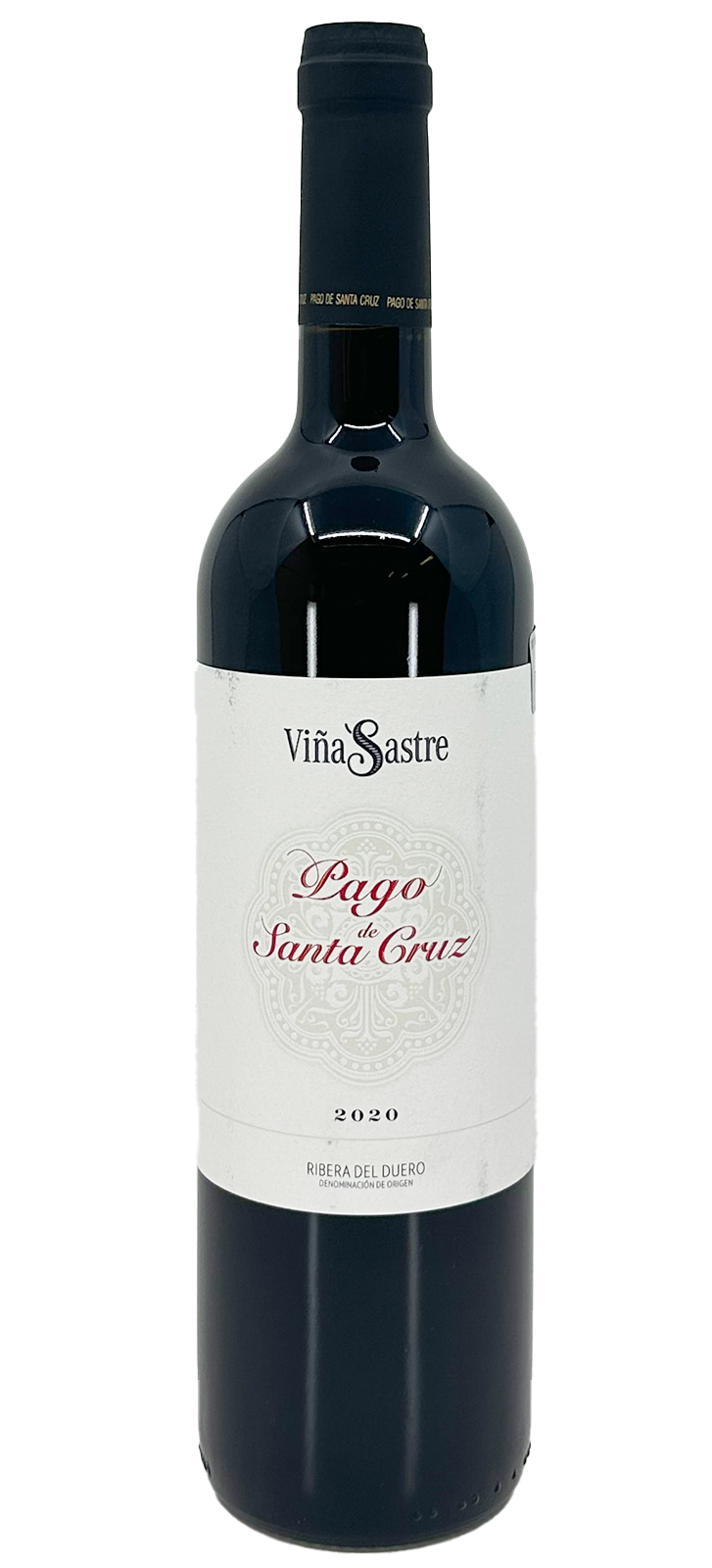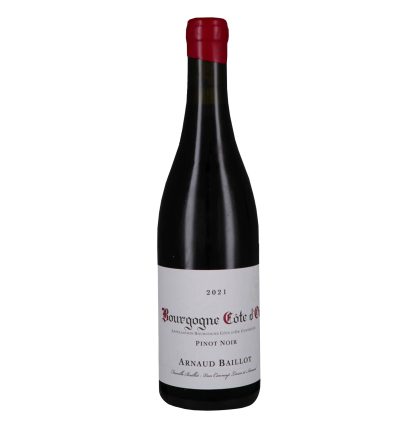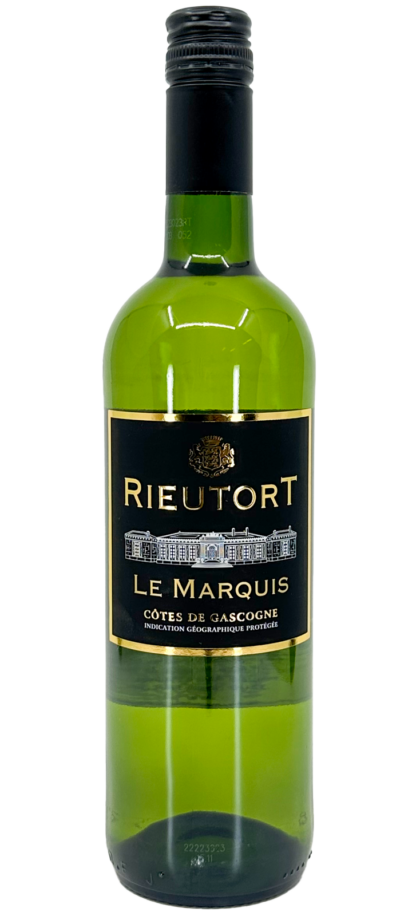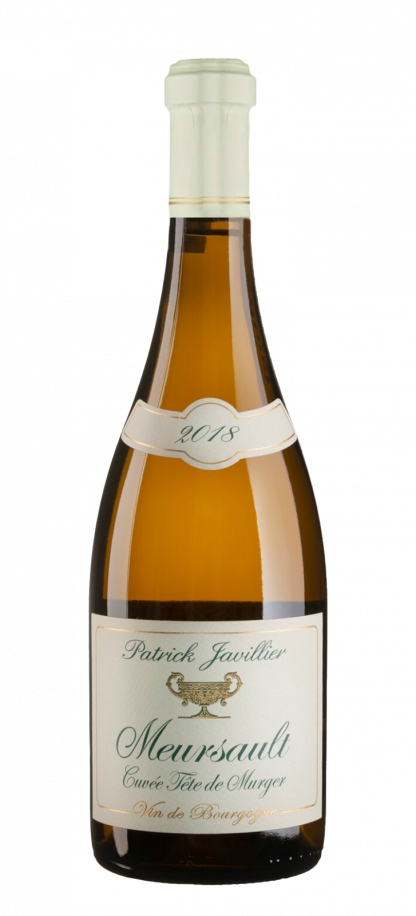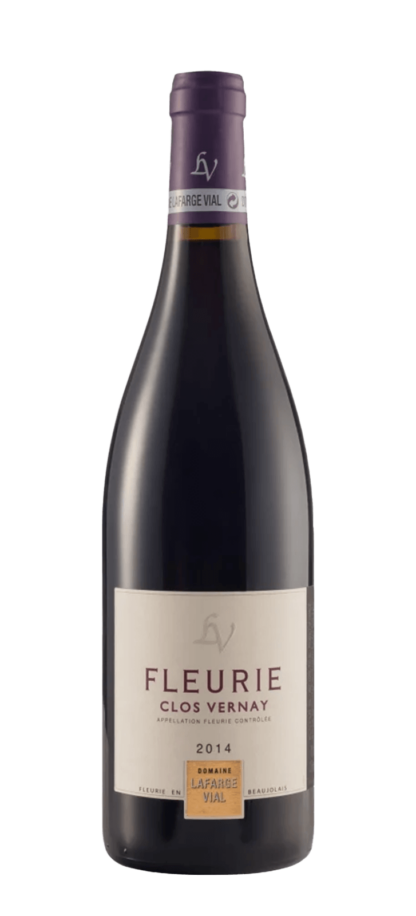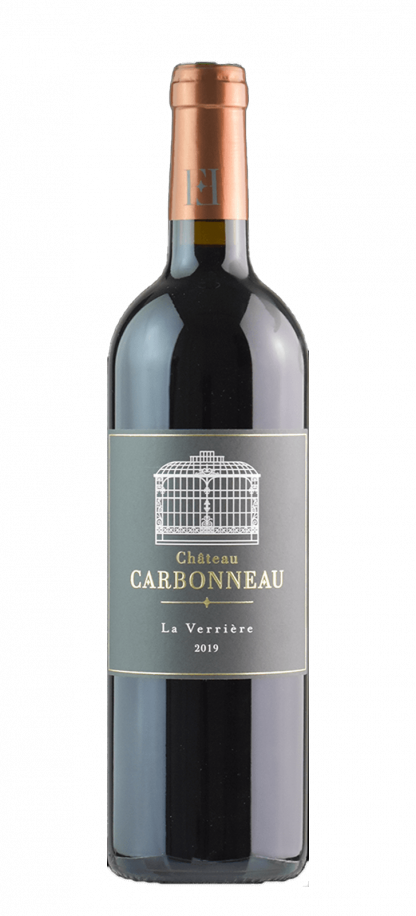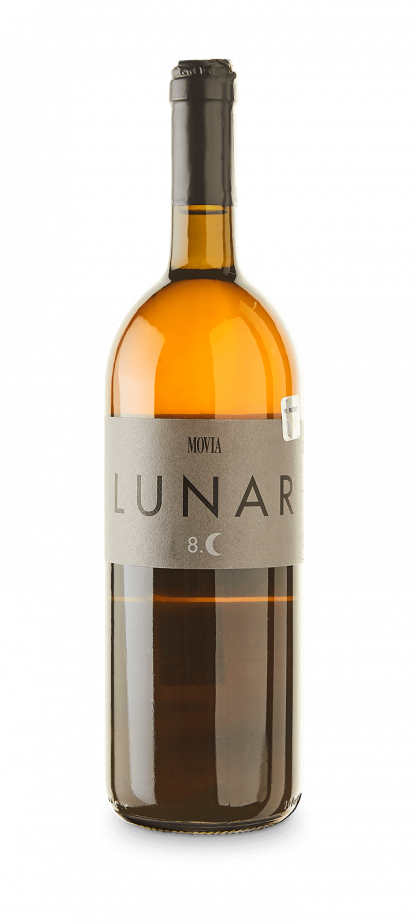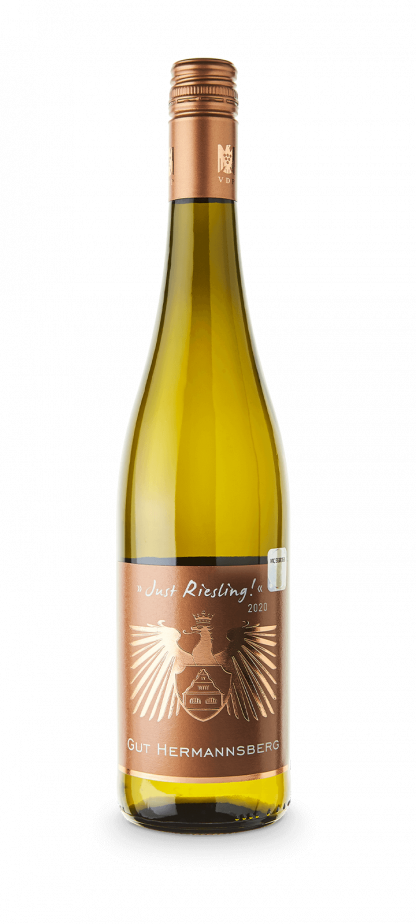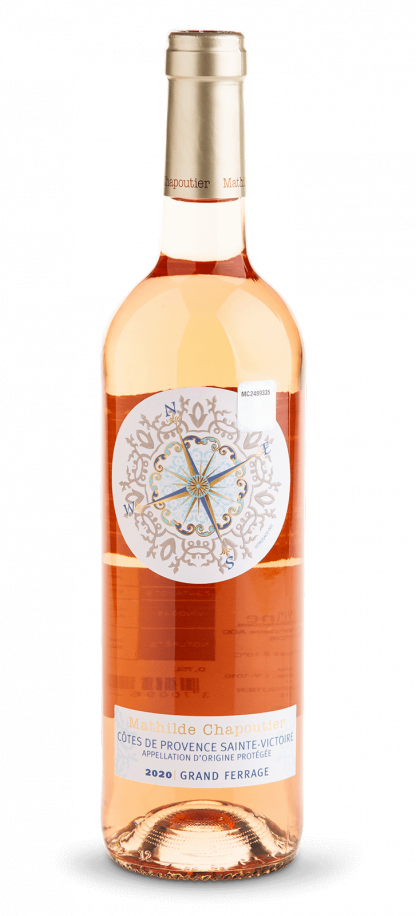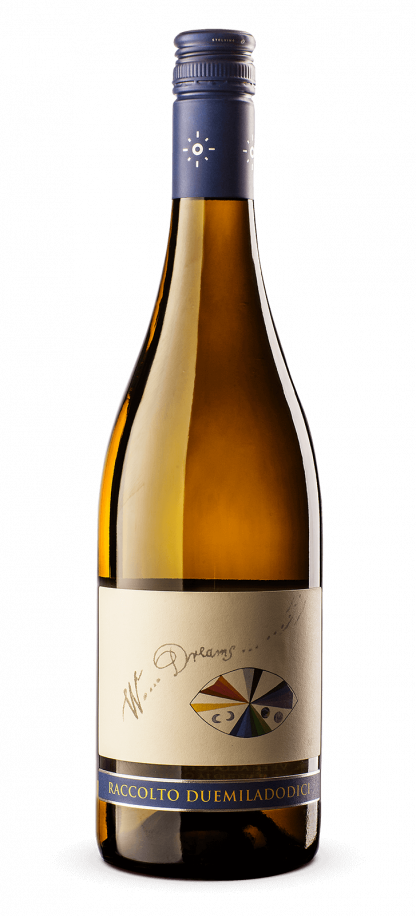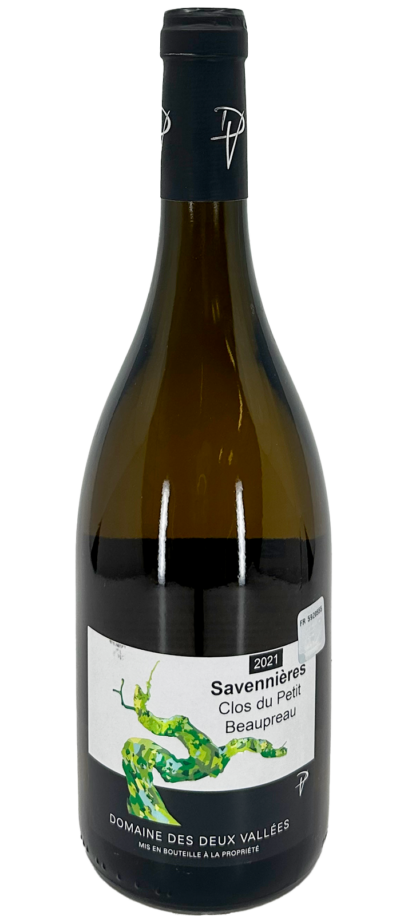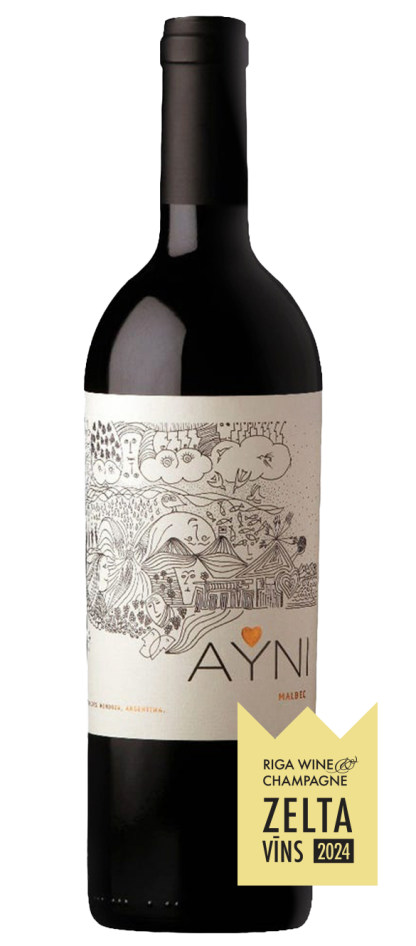Viña Sastre “Pago de Santa Cruz” Ribera del Duero 2020
The 2020 vintage of “Pago de Santa Cruz” delivers an expressive nose of dark fruits, including blackberry and cherry, complemented by refined notes of vanilla, spice, and a touch of earthiness that pays homage to its terroir. On the palate, it offers a rich tapestry of flavors, from ripe red fruits to dark chocolate and coffee, underscored by a robust tannic structure and a vibrant acidity that leads to a long, satisfying finish. This wine’s complexity and balance make it a splendid showcase of the best qualities of Ribera del Duero Tempranillo.
For food pairings, Viña Sastre “Pago de Santa Cruz” 2020 excels alongside bold, savory dishes such as roasted pork shoulder, lamb chops with rosemary, or hearty vegetarian lasagna, where the wine’s depth and structure complement the richness of the food. It also pairs beautifully with aged cheeses, allowing the intricate flavors of both the wine and cheese to mingle and enhance the overall tasting experience. These pairings highlight the wine’s versatility and its capacity to elevate a wide array of culinary creations.
6 in stock






